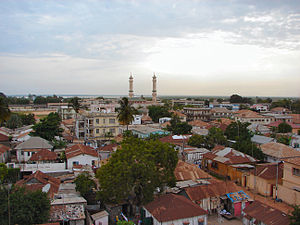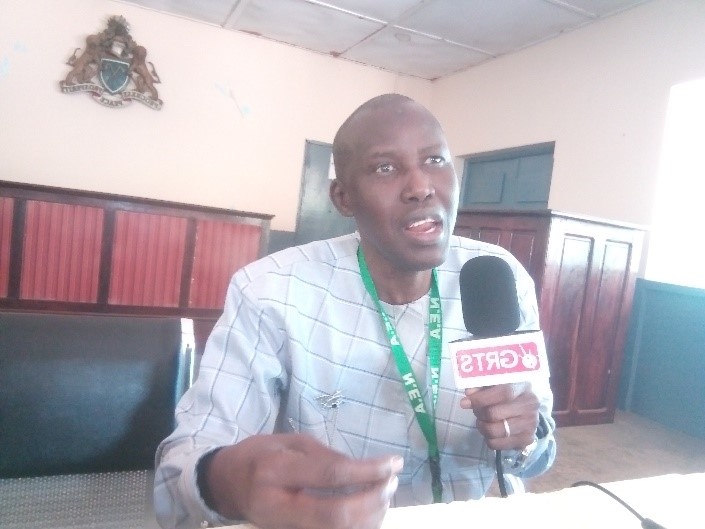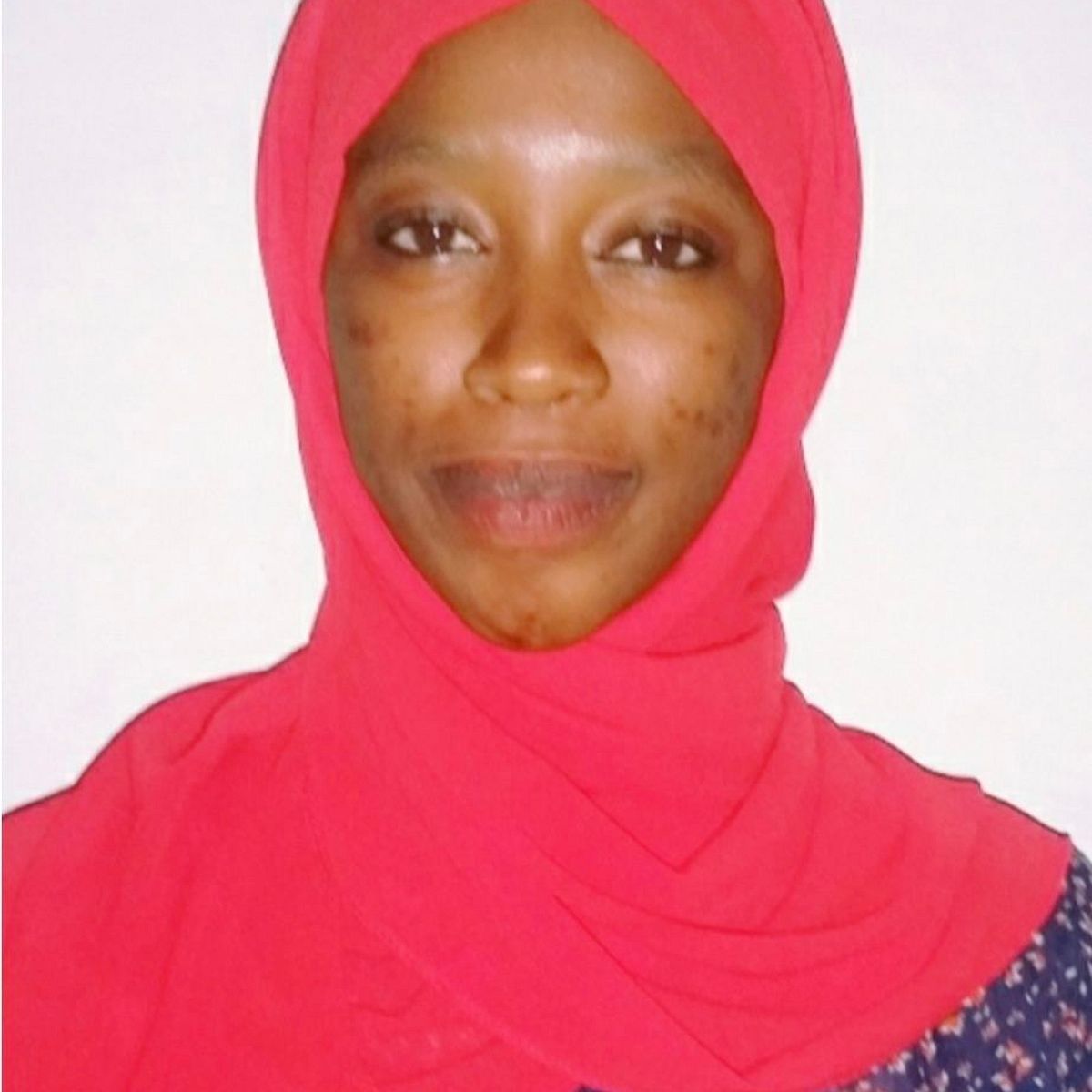By Ismaila Sonko
Residents in Banjul have blamed the Banjul City Council over lack of proper environmental and developmental planning and that the council seems unfit to manage the natural heritage of the city to build environment from further dereliction.
Buba Faye-a resident said: “there is no strong link between the Local Government Authorities, Utilities, Local Businesses, Civil Actors and the country’s Environment Agency in decentralizing the building and development of capacities at local government level in identifying local environmental problems and solutions.”
Mr. Faye also added that Banjul’s urban environmental resources are degrading in both quality and quantity and that it has impacted on the quality of life and wellbeing of the inhabitants of Banjul.
Like many Islands and Island cities are confronted with the challenges of global environmental changes, he said.
Ousainou Sarr said that: “One of the major urban environmental problems of Banjul is its outdated drainage system of household waste water; the capital needs modern waste and sewage water treatment facilities. For years since colonial days, lot of untreated household waste water in the city is released into River Gambia Estuary with high concentration of Biological or biochemical oxygen demand,”
He explain that mitigating and reducing the impact some of these global environmental or climatic changes requires cost and benefit analysis in technological development to reduce hazards and human suffering in the event of natural or human induced climatic change.
Musa Njie, a resident pointed out that Gambia National Climate Change Adaptation Plan and Gambia National Environmental Action plan do not properly look into the city’s urban environmental problems by sea level rise and coastal erosion and other linkages to bio-physical environment.
He added that high concentration of nitrogen for years continues to reduce the flow of drainage water in the main water channels and this is visible with blue green algae and foul smell due to the presence of high cyan bacterial activities between Saint Augustine’s high School and Gambia high School, Lass Warf, Tobacco Road and all the way to Bound road polder station waste water facility.
According to him, the human settlement of Banjul for many years was also surrounding by dense mangrove habitats, this habitat and its ecosystem service to the human settlement is important for protecting against flooding by acting as buffer in the events of flooding, provisioning of food, regulating.
“Significant portion of the land surrounding the capital is below sea level and the composition of the soil along the mangrove habitat is clay or loamy soil, the characteristic nature of this soil type is such that when it rains, without proper drainage the land surface and its surrounding are prone to flooding,” he noted.
Lamin Kanyi noted that Banjul has gone through significant spatial land cover change because of physical natural and human induced degradation of the surrounding mangrove vegetation for both fuel wood gathering for domestic energy and uncontrolled planning for human settlement.
He added that mangrove habitat is a unique biota and has its physical and natural process lack which leads to die back habitat and fragmentation.





